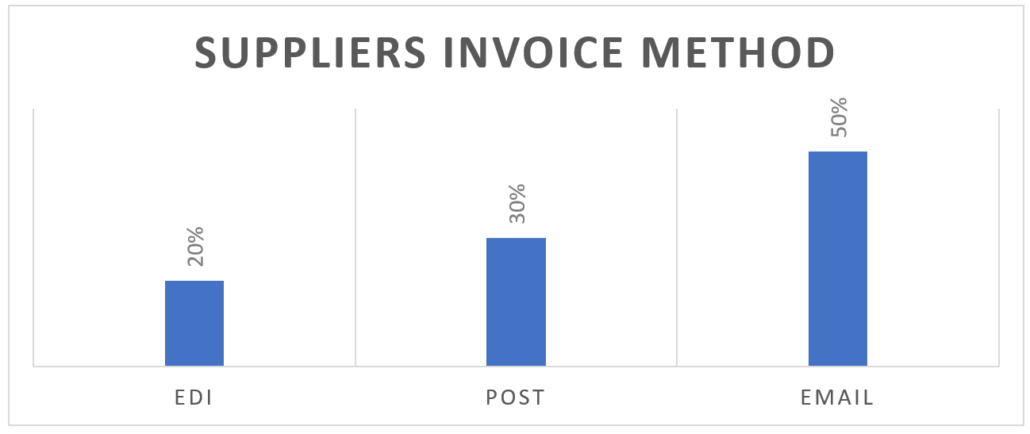Are you automatically processing invoices or are you still manually inputting them into your systems for approval and payment?
If you have started to automate your invoice processing is it delivering the time and cost savings you anticipated?
There is a lot to be gained in both time and money by automating invoice processing, but it is important to remember it is not “one-size-fits-all” when it comes to automation. This is an important point to remember when scoping your project.
The obvious place to start is with your largest suppliers as measured by the total value of invoices you receive from them. After all, they are the most important suppliers for most businesses. The issue, however, is that in terms of the number of invoices they probably represent the smallest number of invoices. Typically, these suppliers send fewer, but larger, invoices.
It is the classic 80-20 rule; 80% of the value of invoices represents only 20% of the number of invoices. If you automate the invoices for your largest suppliers, you are still left with the long tail of invoices from your smaller suppliers. They represent 20% of the value but 80% of the headache.

With smaller suppliers, the challenges are compounded. They may not have EDI capability and are still using email text, pdfs, fax, or even paper to send you invoices. Further to that, these invoices will all be in different formats and you may not do enough business with some suppliers to be able to dictate the format of the invoices they send you.
It is these invoices from the long tail of your suppliers that will give you the greatest headaches if you do not address them as part of your automation project. This is where a “one-size-fits-all” approach does not solve all the problems and results in automation projects failing to meet expectations.
So, what are the options to deal with the tail of suppliers and their invoices?
- EDI – This is the most effective means of automating invoice processing and offers seamless end-to-end integration across your supply chain and back-office systems for all exchanged documents. However, it is likely some of your low-volume suppliers will be willing to invest in EDI and the following options may be a better alternative.
- Web Portal – If your suppliers are not EDI capable then a Web Portal is the most effective way to send orders to and receive invoices from your smaller suppliers. Suppliers have to register to get access to the portal, increasing security and ensuring the accuracy of invoices.
- OCR – For suppliers that can, or will, only send PDF invoices via email then OCR provides the most accurate approach to digitising invoices. However, due to potentially high setup costs and the need for validation and manual exception handling and error correction, this should not be the preferred option.
- PDF translation – This is a lower-cost alternative method to OCR for digitising PDF invoices and requires less manual intervention than OCR. Not as accurate as EDI but offers suppliers an electronic means of invoicing with little impact on their existing processes.
- Outsourced Manual Input – Surprising as it may seem this is a very cost-effective and accurate means of digitising invoices and can handle any form of an invoice, including paper invoices that arrive in the post. It is a great way to manage invoices from your tail of suppliers and once I would recommend seriously investigating.
And once you have your invoice digitised, there is validation and three-way matching against goods receipt to do, but I will cover that in another blog.
If you have any questions or comments please contact us today to learn more.
